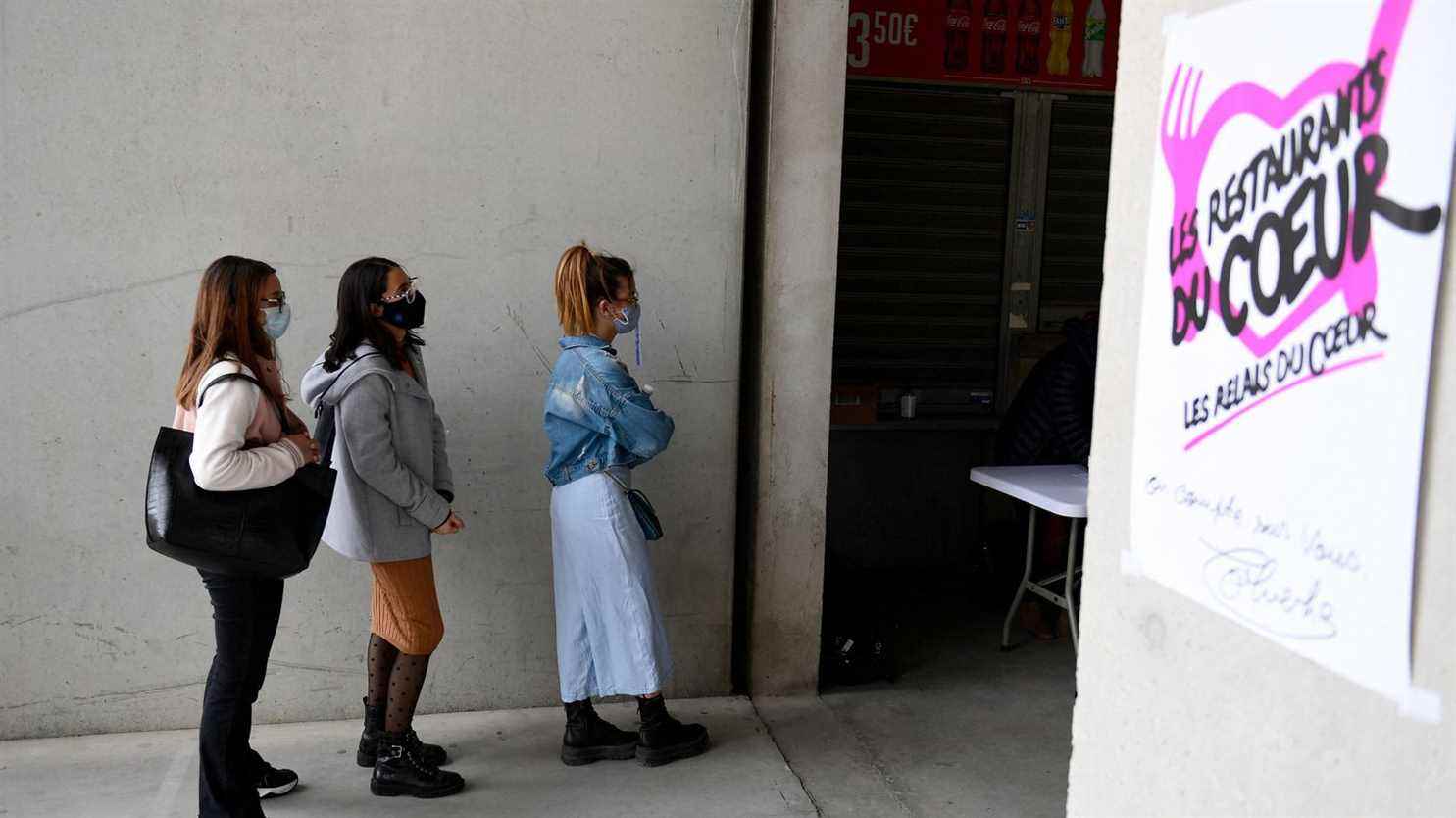One in five children, or nearly three million babies, children and adolescents, are poor in France. Released by the First Secretary of the Socialist Party (PS) Olivier Faure on Monday February 14 on franceinfo, the figure is surprising. The socialist deputy alludes to an article by Releasewhose front page of the day focuses on poverty in a town in the Aisne.
The statistic is in fact taken from a 2019 Insee study according to which 20.2% of people under the age of 18 live below the poverty line. That is to say with less than 1,102 euros per month for a single person, 1,433 euros for a single-parent family (60% of the median income according to INSEE). The youth poverty rate is higher than in the rest of the population where it is around 14%. This makes it the age group most affected by poverty: young people represent almost a third of the 9.2 million poor French people as defined by INSEE. For its part, the Observatory of Inequalities, which defines the poverty line at 50% of the median income, estimated at 1.5 million the number of poor minors in 2017 for a total of five million poor people.
The median income also varies according to the number of people in the family. A person living alone is considered poor when their monthly income is less than 918 or 1,102 euros – depending on the threshold used. For a single-parent family, this income is 1,193 or 1,433 euros.
Several factors are likely to increase the poverty of minors. First and foremost: growing up in a single-parent family, more exposed to low wages or the psychological risks associated with separation. In 2018, the poverty rate among families with one parent was 40.5% compared to 15.4% among families with two parents in a couple. This share of the population has increased: in its 2020 edition of “France, a social portrait”, INSEE explained that the share of children living with a single parent in employment has increased from 9% in 2003 to 14% in 2019.
Another variable is the activity of the parents: three-quarters of children living in a family where no parent is employed are poor. The combination of several criteria makes the figures soar. The poverty rate for unemployed single-parent families is 78.5%. Finally, belonging to a large family increases “significantly the risk of poverty and increases with the size of the siblings”, wrote INSEE in 2018. A birth represents new expenses that parents cut from the budget devoted to other children.
Child poverty remains stable year after year. The figure would not have fallen “for ten years”, according to Unicef. In France, the number of people living below the poverty line is constantly increasing after reaching its lowest rate in the early 2000s. Since then, between one and two million French people have fallen into poverty.
However, France remains below the European Union average. In a ranking of “children at risk of poverty” carried out by Eurostat, France appeared in the middle of the table with a rate of 21.2% in 2015, compared to an average of 26.9% in the whole European Union. For comparison, the highest ranked country was Sweden at 14% and the lowest ranked Romania at 46.8%.
